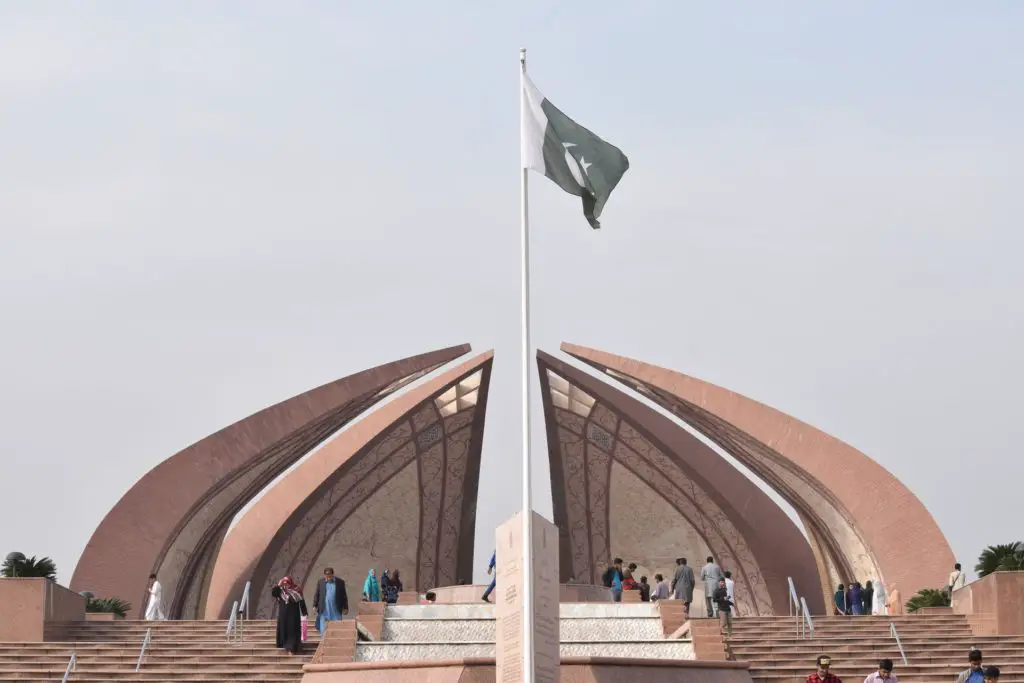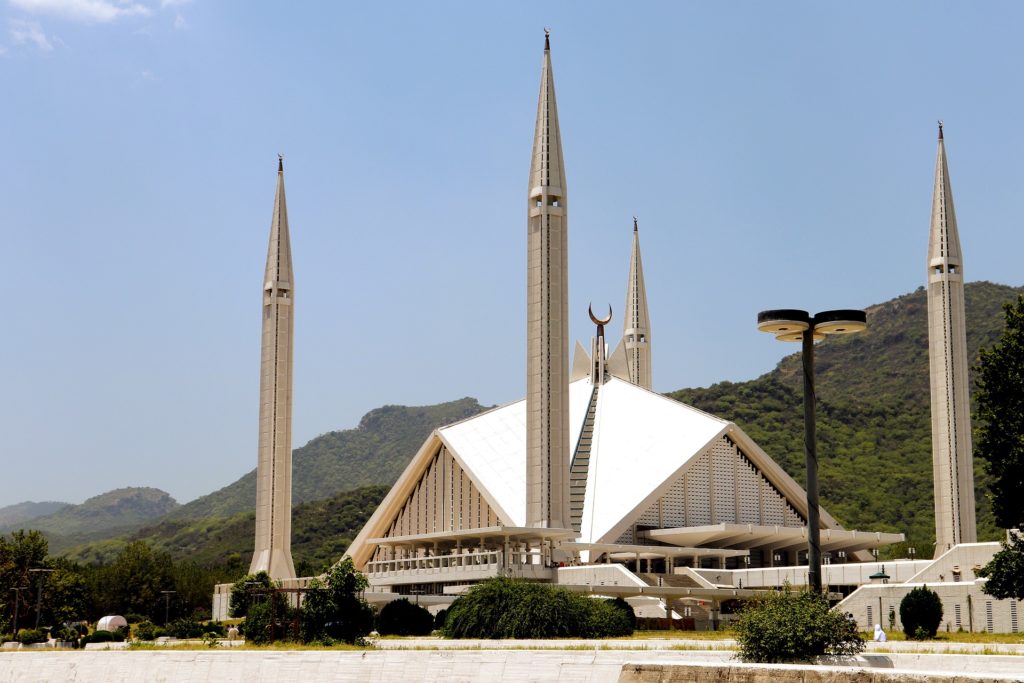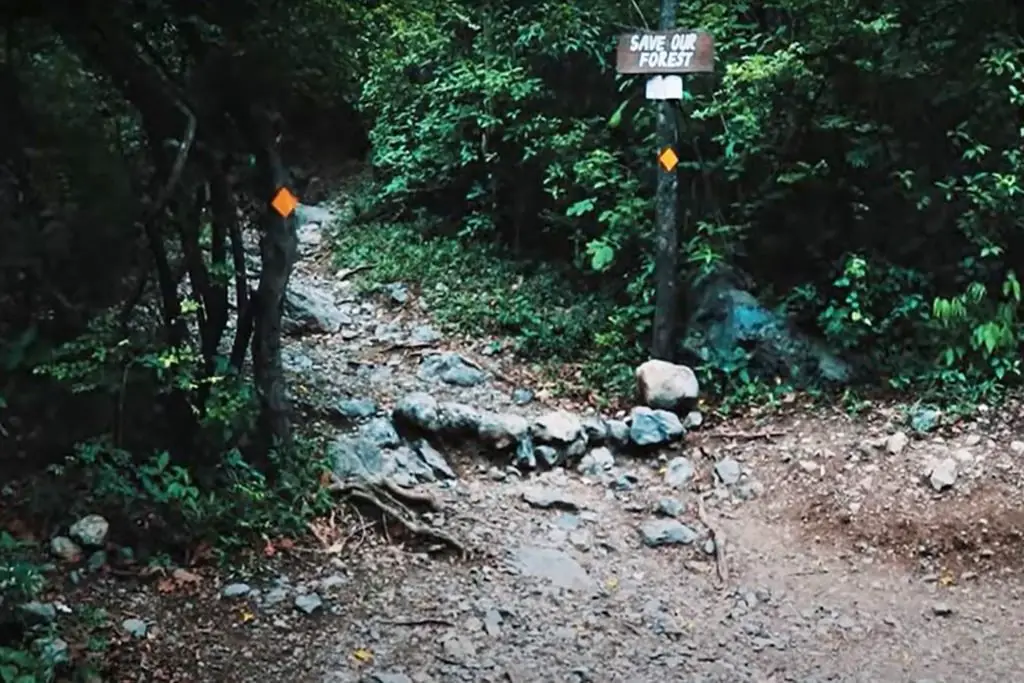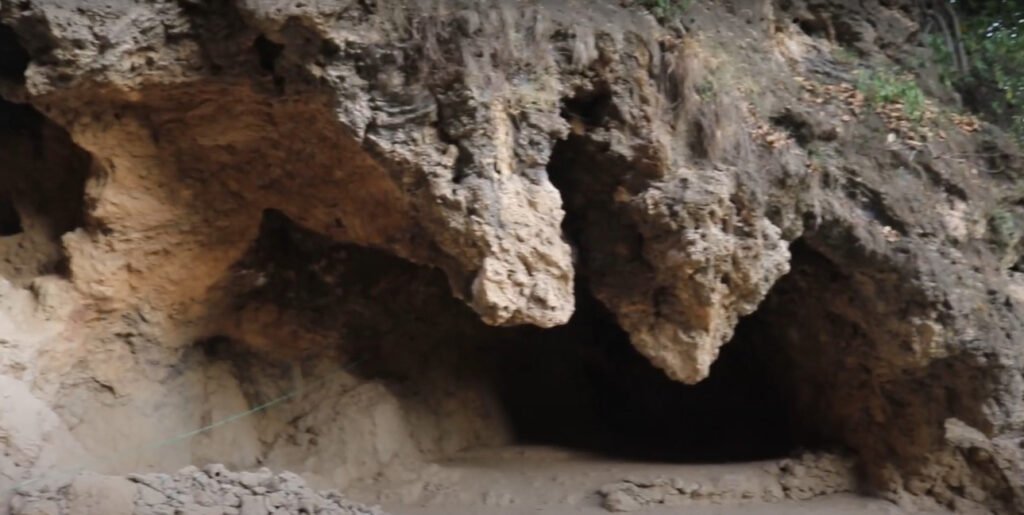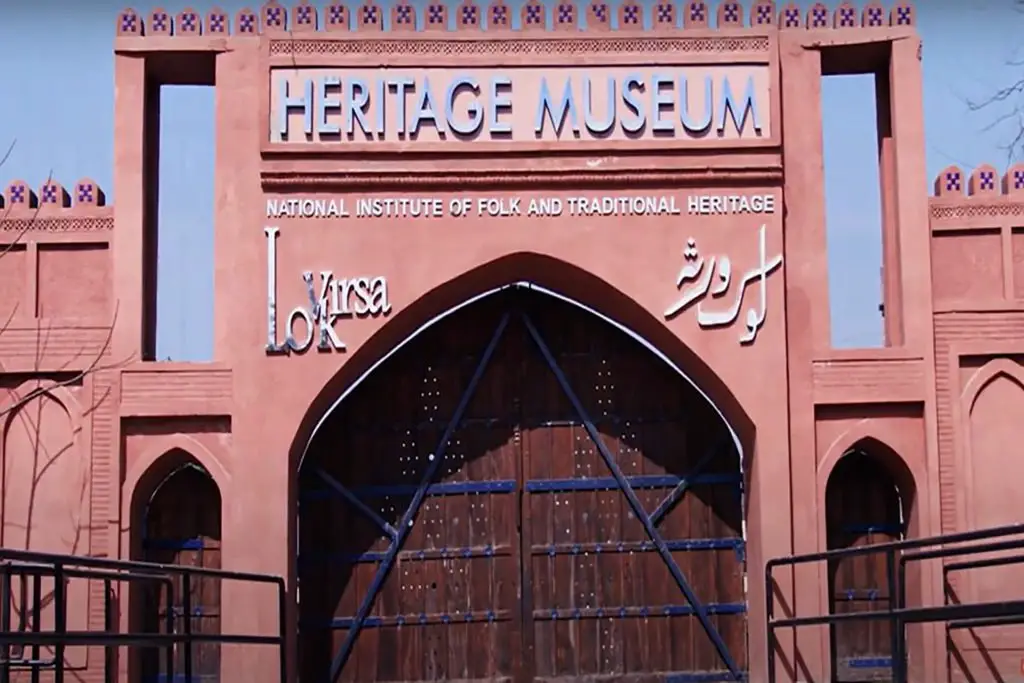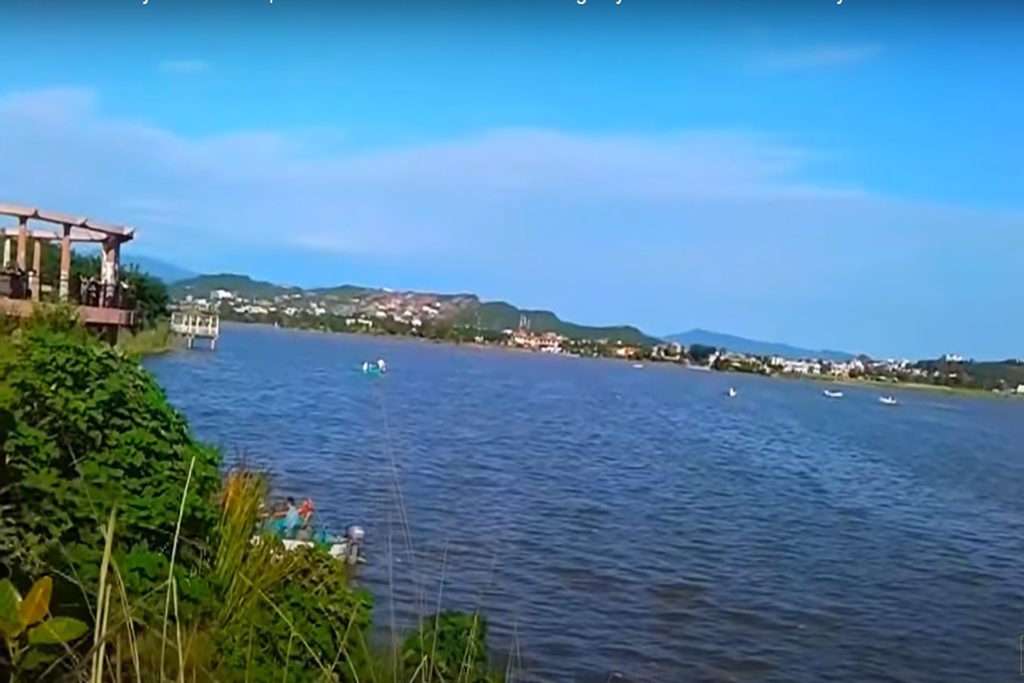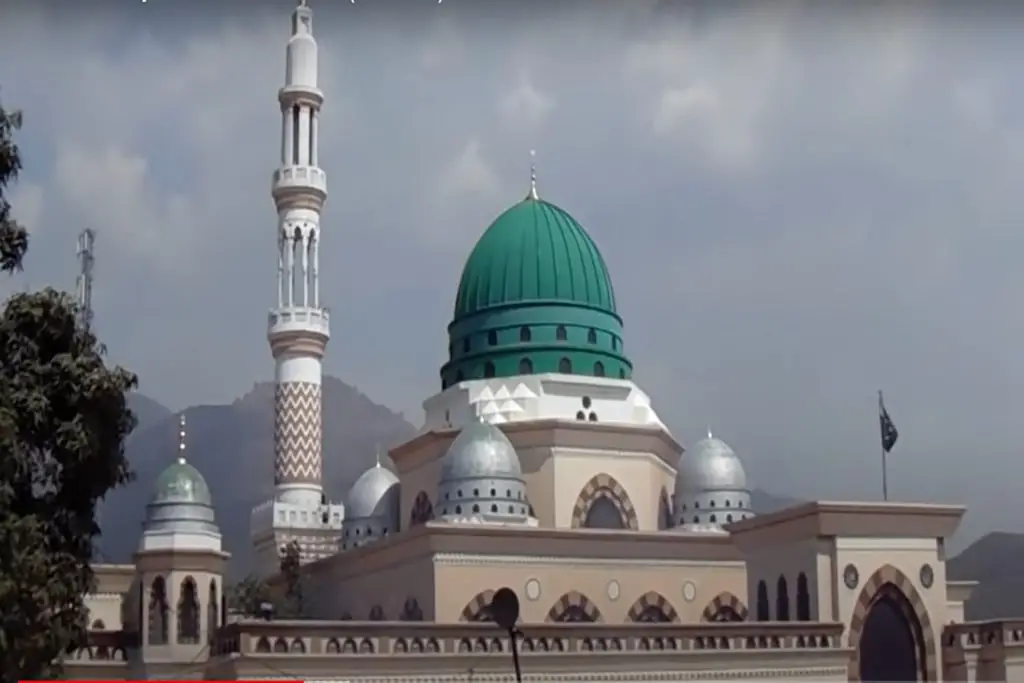Introduction
Pakistan Monument is a testament to the unity and sacrifices of the Pakistani people. This national monument and cultural heritage museum located on the western Shakarparian hills in Islamabad holds importance in the hearts of citizens and visitors alike. Symbolizing unity, remembering sacrifices, and embracing diversity, this architectural wonder symbolizes Pakistan’s rich cultural tapestry and historical resilience.
Conception and Initiation
In 2002, the vision of a national monument took root under the guidance of the Pakistani government, supported by Aksi Mufti, son of the renowned Mumtaz Mufti. The Ministry of Culture led a national design competition in collaboration with the Pakistan Council of Architects and Town Planners. The theme focused on capturing the strength, unity, and dedication of the Pakistani people in a grand representation of an independent nation.
Out of 21 submissions, Arif Masood’s design emerged victorious, selected, and approved on 10 July 2003. The foundation stone was laid on 25 May 2004, and after meticulous construction efforts, the memorial was inaugurated on 23 March 2007 by President General Pervez. Musharraf.
Design Concept
Spread over an area of 2.8 hectares, the design of the Pakistan Monument is inspired by the magnificent Mughal architecture of the subcontinent. The petal-shaped structure, derived from traditional Mughal mosques, is a blend of historical heritage and modern technology. Contrary to a common misconception, the four large petals symbolize the diverse cultures within Pakistan, representing the Punjabi, Baloch, Sindhi, and Pakhtun cultures, while the three smaller petals honor the minorities, Azad Kashmir and Gilgit-Baltistan.
Seven independent but united petals surround the star and crescent of the flag of Pakistan and protect it. Crafted from polished black granite adorned with golden stars, the star pays tribute to those who sacrificed for the nation, while the stainless steel crescent bears inspirational inscriptions of Quaid-e-Azam Muhammad Ali Jinnah and Allama Iqbal.
Architectural Marvels
The majesty of the Pakistan Monument is reflected in its construction materials – marble imported from Spain and granite from Brazil. The intricate interior walls depict prominent landmarks such as the Lahore Fort, the Badshahi Mosque, the Khyber Pass, and the Minar-e-Pakistan. Each petal tells stories through carefully crafted illustrations, the culmination of 119,000 hours of artistic dedication.
Its prominent features include inscriptions of Quaid-e-Azam’s motto, a grand fountain, and a mural bearing the handprints of all those involved in its creation. A viewing platform at the end of the monument offers a breathtaking view of Islamabad.
Pakistan Monument Museum
The Pakistan Monument Museum adjacent to the monument is a repository of historical narratives. Its wax sculptures and visual archives depict key events leading to the Pakistan Movement, depicting a comprehensive timeline from 7000 BC to 1947. A reference library, audio-visual facilities, a conference hall, and an auditorium add depth to the museum’s cultural and cultural education.
The Pakistan Monument is not just a marvel of architecture, but an imprint in the soul of the nation. It stands tall, embodying the resilience, unity, and diverse heritage of Pakistan. A visit to this site is not just a tourist attraction, but a journey into Pakistan’s history, culture, and unwavering spirit of unity.
Pakistan Monument is a structure made of granite, which takes the shape of a petal, symbolizing the unity and cultural richness of Pakistan’s population.
Consisting of four prominent petals representing the country’s provinces and three smaller petals representing Gilgit-Baltistan, Azad Kashmir, and the country’s minorities, the Pakistan Monument symbolizes unity within diversity.
Adorned with beautiful artwork depicting historic landmarks of Pakistan, the inner walls of the petals add depth and richness to the memorial’s narrative.
Adjacent to this magnificent structure is a museum that describes the history of Pakistan and its evolution during the various phases of the Pakistan Movement. The connection between the monument and the museum is facilitated by a spacious piazza.
Honoring the construction workers’ contributions, their handprints are emblazoned on the side walls of Freedom Plaza. Offering a breathtaking view of the city of Islamabad, the monument has a marble roof that is open to visitors.
While the museum closes in the evening, arriving early is advised to explore its offerings. Accessible from various parts of the twin cities, including Islamabad and Rawalpindi, the memorial charges a modest entry fee.
Apart from traditional taxis and local transportation, services like Careem, Indrive, Yango and Bykea offer convenient travel options to reach this fascinating place.

